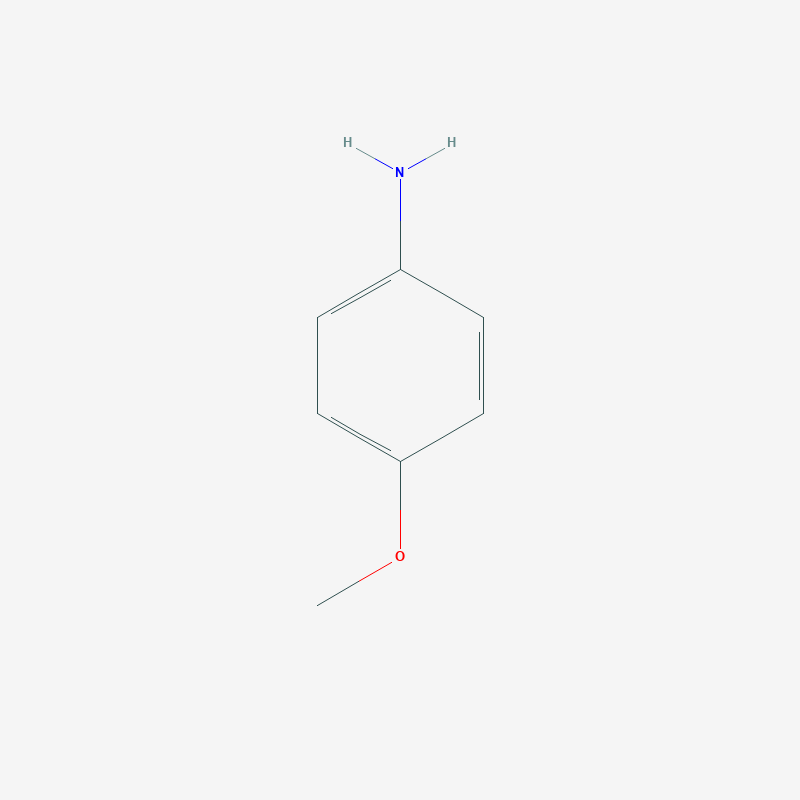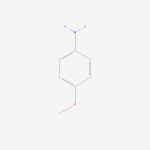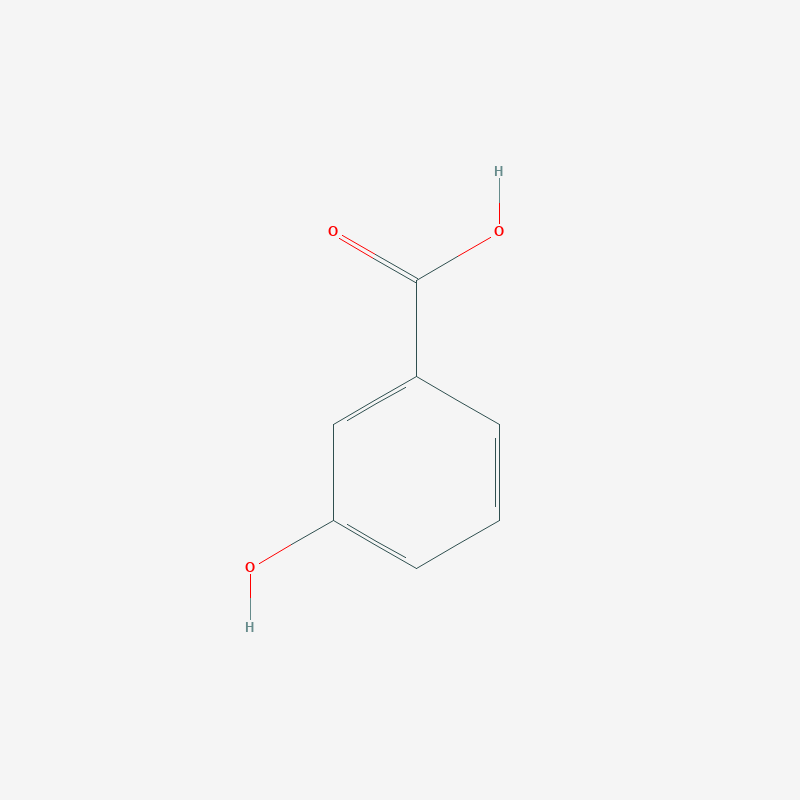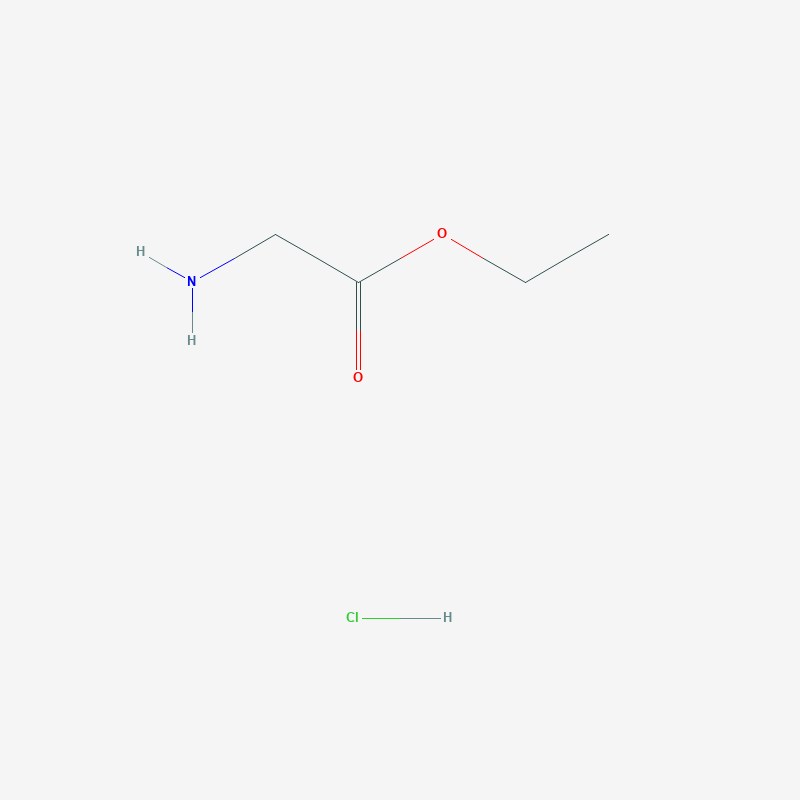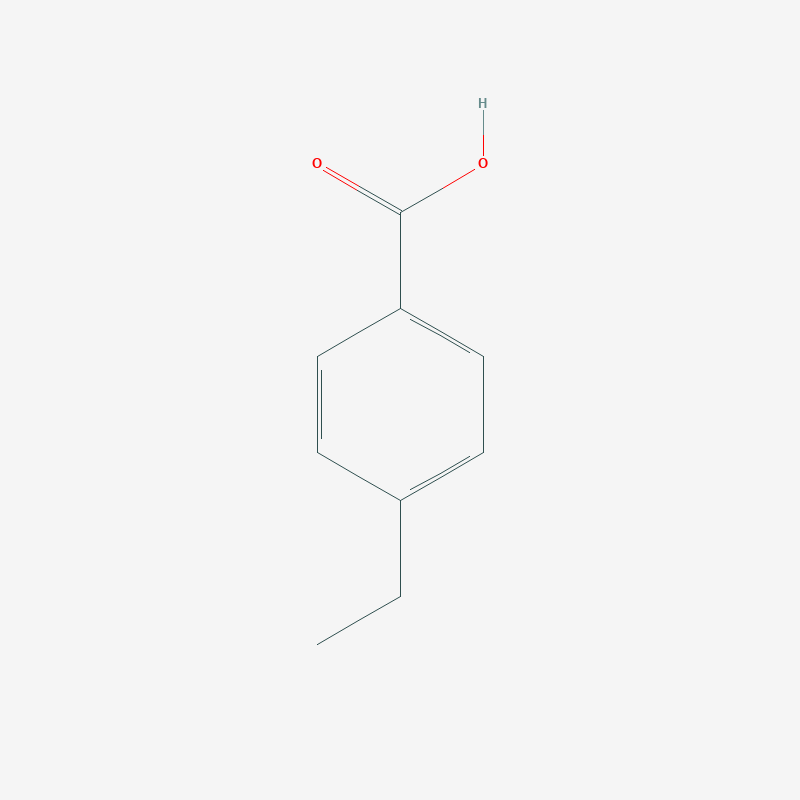| Purity / Analysis Method | >98.0%(GC)(T) |
| Molecular Formula / Molecular Weight | C7H9NO = 123.16 |
| Physical State (20 deg.C) | Solid |
| Storage Temperature | 0-10°C |
| Store Under Inert Gas | Store under inert gas |
| Condition to Avoid | Light Sensitive,Air Sensitive,Heat Sensitive |
| CAS RN | 104-94-9 |
| PubChem Substance ID | 87562102 |
| Merck Index (14) | 667 |
| MDL Number | MFCD00007864 |
p-Anisidine
Purity : >98.0%(GC)(T)
CAS No.: 104-94-9
EC No.: 203-254-2
EC Name: 4-methoxyaniline
ECHA Name: p-anisidine
Synonyms:
p-Anisidine
4-Methoxyaniline
104-94-9
4-Anisidine
4-Aminoanisole
Enquire For Best Price
For all our chemicals TDS, MSDS and CoA are available upon request
Specification & Properties
Specifications:
| Appearance | White to Orange to Green powder to crystal |
| Purity(GC) | min. 98.0 % |
| Purity(Nonaqueous Titration) | min. 98.0 % |
| Melting point | 57.0 to 61.0 deg.C |
| Solubility in Methanol | very faint turbidity |
Properties:
| Melting Point | 59 deg.C |
| Boiling Point | 246 deg.C |
| Solubility (very soluble in) | Ether,Alcohol |
| Solubility (soluble in) | Benzene,Acetone |
Safety & Regulations
Safety Information:
| Chemical Safety |
| Signal Word | Danger |
| Hazard Statements | H301 + H311 + H331 : Toxic if swallowed, in contact with skin or if inhaled. H315 : Causes skin irritation. H319 : Causes serious eye irritation. H370 : Causes damage to organs. H372 : Causes damage to organs through prolonged or repeated exposure. H373 : May cause damage to organs through prolonged or repeated exposure. H400 : Very toxic to aquatic life. H412 : Harmful to aquatic life with long lasting effects. |
| Precautionary Statements | P501 : Dispose of contents/ container to an approved waste disposal plant. P273 : Avoid release to the environment. P260 : Do not breathe dust/ fume/ gas/ mist/ vapors/ spray. P270 : Do not eat, drink or smoke when using this product. P271 : Use only outdoors or in a well-ventilated area. P264 : Wash skin thoroughly after handling. P280 : Wear protective gloves/ protective clothing/ eye protection/ face protection. P391 : Collect spillage. P337 + P313 : If eye irritation persists: Get medical advice/ attention. P305 + P351 + P338 : IF IN EYES: Rinse cautiously with water for several minutes. Remove contact lenses, if present and easy to do. Continue rinsing. P308 + P311 : IF exposed or concerned: Call a POISON CENTER/doctor. P361 + P364 : Take off immediately all contaminated clothing and wash it before reuse. P332 + P313 : If skin irritation occurs: Get medical advice/ attention. P301 + P310 + P330 : IF SWALLOWED: Immediately call a POISON CENTER/doctor. Rinse mouth. P302 + P352 + P312 : IF ON SKIN: Wash with plenty of water.Call a POISON CENTER/doctor if you feel unwell. P304 + P340 + P311 : IF INHALED: Remove person to fresh air and keep comfortable for breathing. Call a POISON CENTER/doctor. P403 + P233 : Store in a well-ventilated place. Keep container tightly closed. P405 : Store locked up. |
Related Laws:
| RTECS# | BZ5450000 |
Transport Information:
| UN Number | UN2811 |
| Class | 6.1 |
| Packing Group | III |
Hazard Classification:
Danger!
According to the harmonised classification and labelling
(CLP00)
approved by the European Union, this substance
is fatal if swallowed,
is fatal in contact with skin,
is fatal if inhaled,
is very toxic to aquatic life and
may cause damage to organs through prolonged or repeated exposure.
